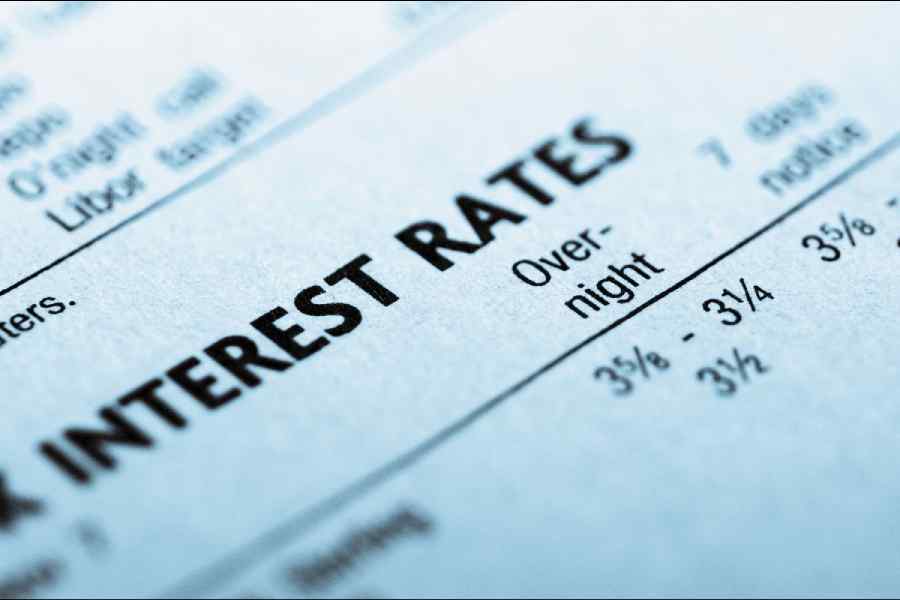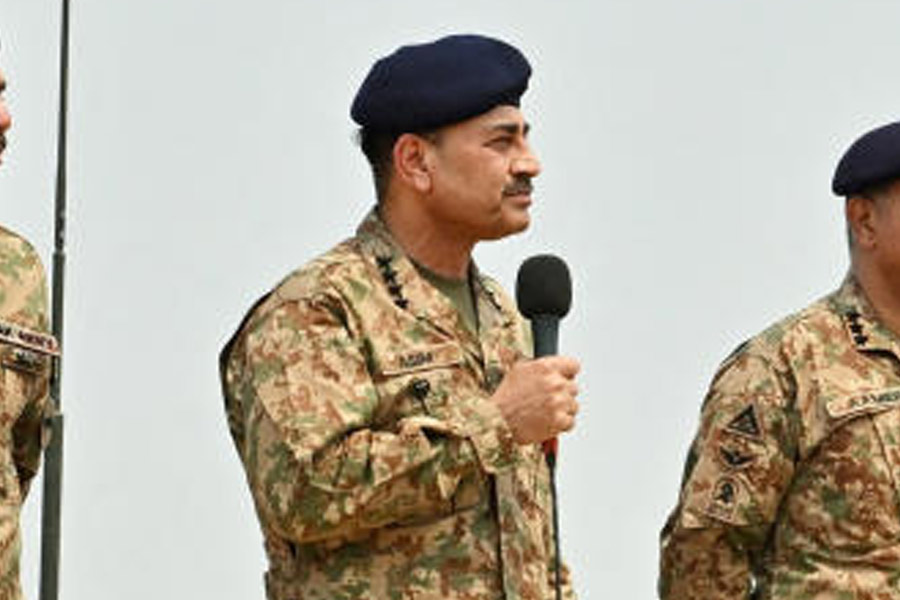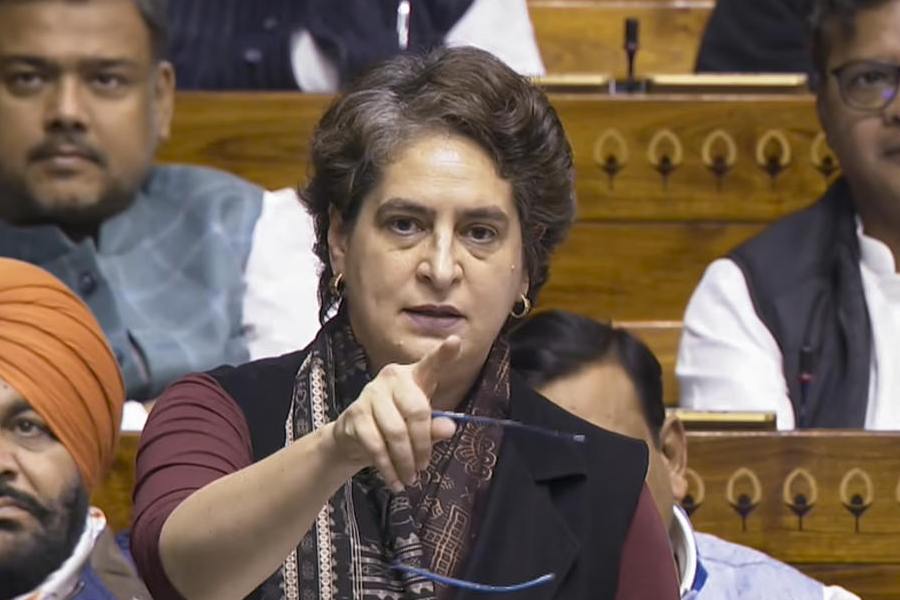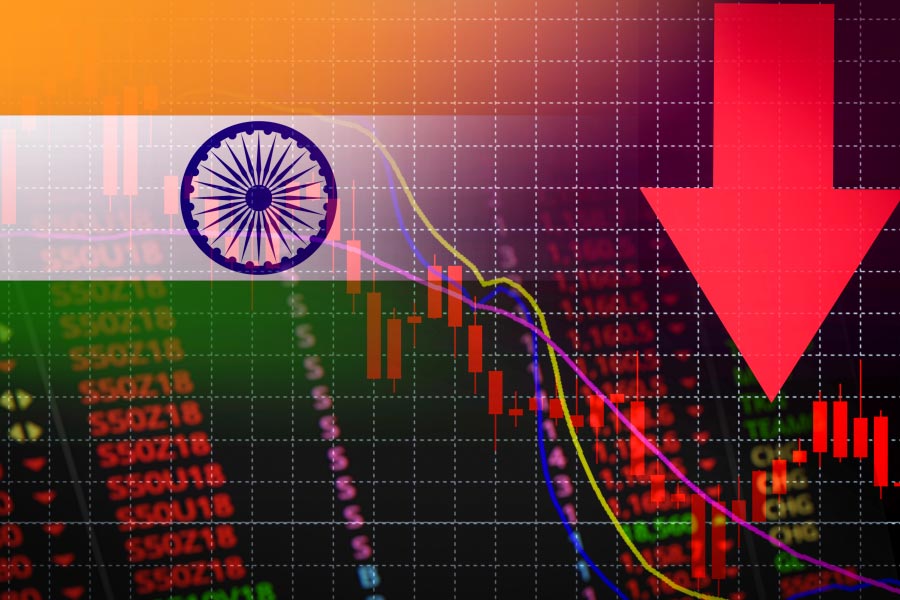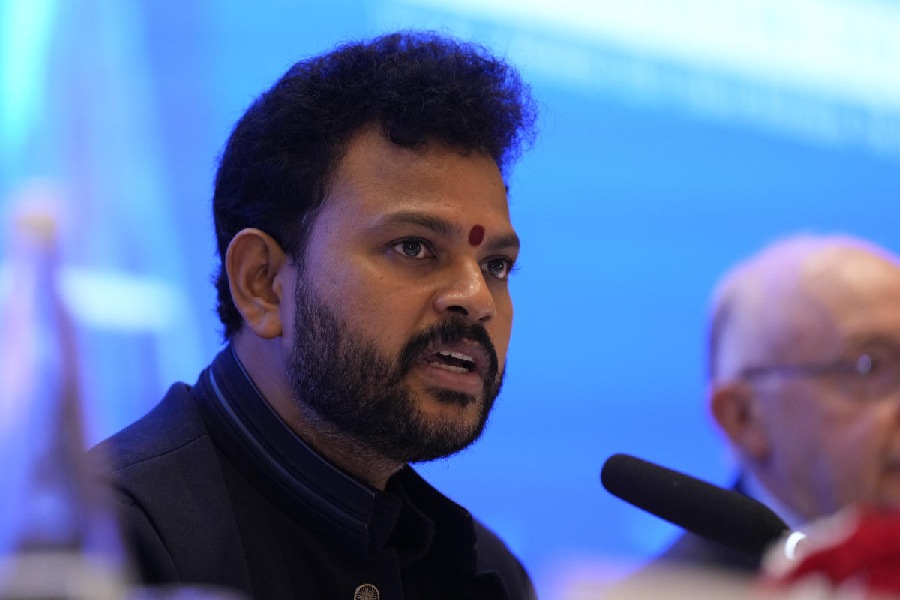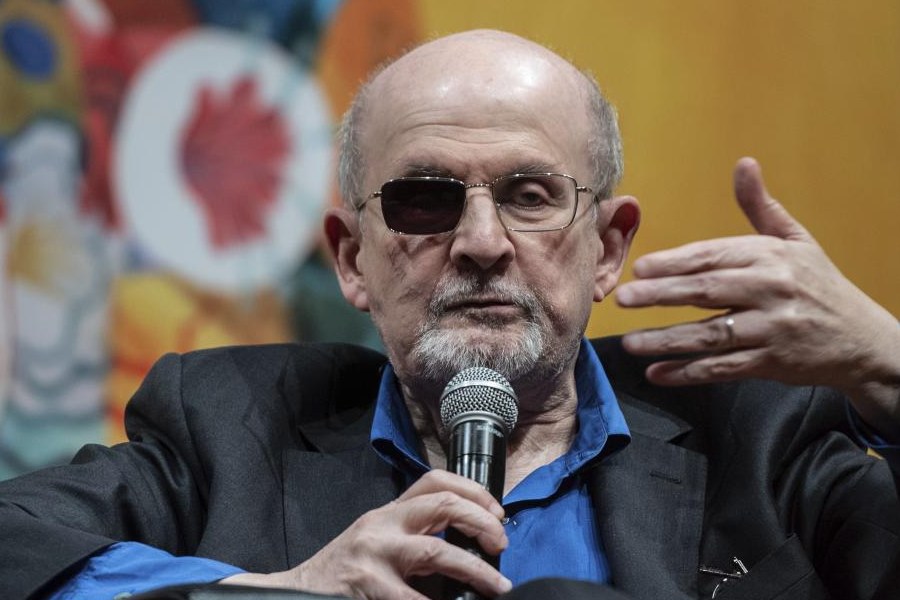A freshly recast cabal of policymakers on Mint Street has finally decided to cut interest rates by 25 basis points to 6.25% for the first time in almost five years. For a government that is obsessed with imagery, this is the political equivalent of a double engine at work to boost the economy. The capital markets had started to anticipate a rate cut soon after the appointment of Sanjay Malhotra as the new governor of the Reserve Bank of India last December. The Monetary Policy Committee under Shaktikanta Das, Mr Malhotra’s predecessor, had doggedly resisted the incessant clamour to cut rates in 11 consecutive meetings. Ahead of the February 5-7 meeting, the RBI policymakers were advised to stop working at cross purposes with the government and align the monetary policy with the fiscal policy. The argument was that the government had done its bit to kickstart a consumption cycle by raising the effective tax exemption limit to Rs 12.75 lakh a year for salaried individuals in the recent budget. If the RBI cut interest rates, it could trigger a surge in credit offtake and revive private investment. The belief is that the two eagerly anticipated outcomes would turbocharge the economy. In theory, this is a compelling argument.
Unlike other central banks, the RBI has a single mandate for the conduct of monetary policy: hold inflation between 2% to 6%, and cleave as close as possible to the 4% median. The big question now is whether the RBI is poised on the cusp of another rate-cutting cycle. The last time this occurred was between February 7, 2019 and May 22, 2020 during which the repo rate fell from 6.5% to 4%. It is important to remember that inflation hovered between 2.2% and 3.2% between February and October 2019 before the Covid outbreak botched things up.
The RBI policymakers are now treading with caution; they have adopted a neutral stance, which suggests that they could move either way depending on how the economic data unfold. The Donald Trump factor and the prospect of a ruinous trade war weigh heavy on global policymakers as they mull responses to the American president’s vicious curveballs. The RBI rate cut is coming at a time when retail inflation has cooled to 5.22%. The central bank has forecast inflation at 3.8% by the third quarter (October-December) which suggests that the RBI is ahead of the curve. But rate cuts do not automatically ignite growth. In fact, during the last rate-cut cycle, real GDP growth actually tumbled: from 5.7% in the fourth quarter of 2019-20 (January-March) to 2.9% exactly a year later. It would be facile to ascribe this to a mere base effect. The monetary wand cannot conjure a miracle.

